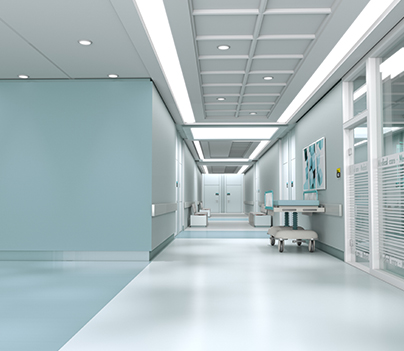
Only patients with severe knee joint disease or degeneration who haven't found meaningful relief from more conventional therapies including medication, physical therapy, rest, injections, etc. are advised to have a knee arthroscopy. The following conditions may need a recommendation for knee arthroscopy:
The following preparation procedures should be carried out before having arthroscopic surgery:
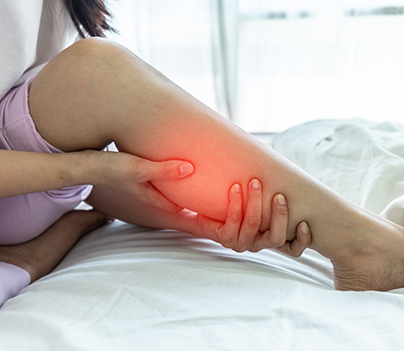
Does insurance cover knee arthroscopy?
Since knee arthroscopy is only carried out when it is medically required, it is typically covered by most insurance plans, including pre- and post-hospitalization expenses.
What percentage of knee arthroscopies are successful?
Knee arthroscopy has a success rate of over 90% for fully restoring the patient's joint mobility and delivering long-term pain relief.
Which is preferable, knee replacement or knee arthroscopy?
Knee replacement surgery is reserved for more serious situations when the patient has more significant damage to the knee joint that cannot be fixed. Knee arthroscopy is a more conservative technique that is typically done on patients where repair is possible.
How much time will I miss from work following a knee arthroscopy?
After surgery, you can resume desk job or school 3 to 5 days later, especially if it solely entails sedentary employment.
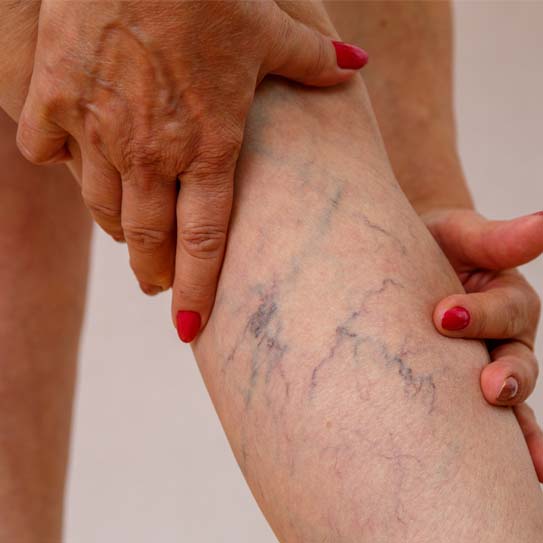
Also known as endovenous laser treatment or EVLA, this is a minimally invasive ultrasound-guided procedure that involves the use of ultrasound images and laser fiber in order to kill the delicate lining of the veins. After a few days following the procedure, the body absorbs the dead tissues, closing off the abnormal veins with minimal or no discomfort. This is one of the most commonly preferred methods as it involves far fewer complications, and the recovery time, as well as the success rate of this method, is much faster and higher than that of any surgical process.
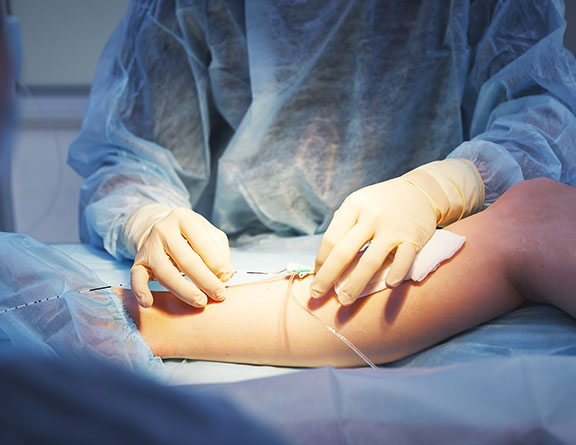
Also known as endovenous laser treatment or EVLA, this is a minimally invasive ultrasound-guided procedure that involves the use of ultrasound images and laser fiber in order to kill the delicate lining of the veins. After a few days following the procedure, the body absorbs the dead tissues, closing off the abnormal veins with minimal or no discomfort. This is one of the most commonly preferred methods as it involves far fewer complications, and the recovery time, as well as the success rate of this method, is much faster and higher than that of any surgical process.
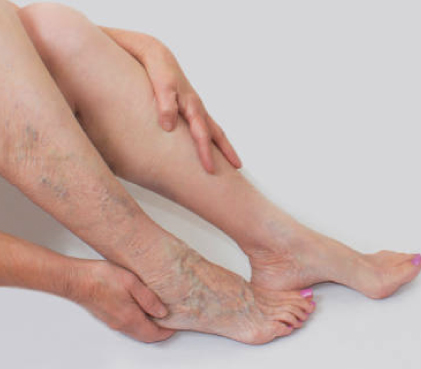
Also known as endovenous laser treatment or EVLA, this is a minimally invasive ultrasound-guided procedure that involves the use of ultrasound images and laser fiber in order to kill the delicate lining of the veins. After a few days following the procedure, the body absorbs the dead tissues, closing off the abnormal veins with minimal or no discomfort. This is one of the most commonly preferred methods as it involves far fewer complications, and the recovery time, as well as the success rate of this method, is much faster and higher than that of any surgical process.